How to Save Tomato Seeds (Without Fermenting!)
Have you thought about saving your own tomato seeds, but got driven off by instructions saying that you need to ferment them in a jar first? Then this guide was written for you!
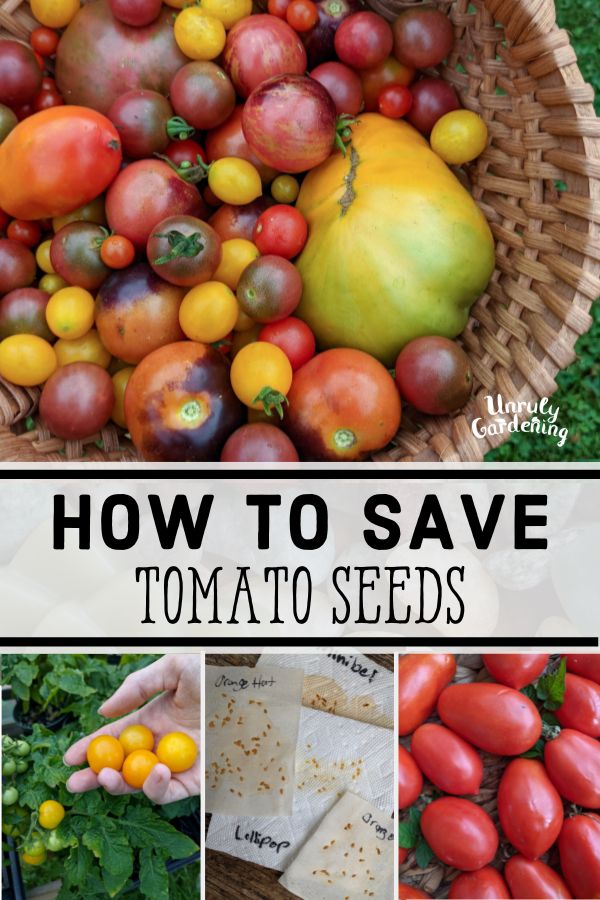
Let’s be honest- fermentation can be intimidating, or sometimes, you just don’t really want to deal with a smelly cup of tomato liquid anywhere near where you have to see or smell it.
Luckily, it’s possible to save tomato seeds without needing to ferment them. Read on to find out how!
Choosing a Tomato
When choosing a tomato to save seeds from, it’s a good idea to actually use one that’s overripe, if possible. This means it’s not molding or rotting yet, but it’s past its prime, perhaps starting to go a bit soft, and you mostly likely aren’t enthused by the thought of putting it in your mouth.
Seeds from overripe tomatoes are more mature, and may result in a better germination rate. This doesn’t mean you can’t save seeds from tomatoes that are ripened to the eating point- we’ve saved seeds from eating-level ripe tomatoes before and gotten excellent results- but if you happen to find a tomato that’s too far gone for your tastes, it’s a great candidate for seed-saving.

That being said, avoid using underripe tomatoes! Underripe tomatoes won’t give you good results – the seeds haven’t had a chance to finish developing, and that’s how you end up with a handful of seeds that won’t sprout. When in doubt, reach for the tomato on the verge of going bad before you go for the one that’s still immature!
Spoiled tomatoes are also perfectly fine to use for seed saving, but for some people that might be a little too gross for their tastes. Especially if you’re trying to avoid messing with fermentation! In a way, they’ve already partially started to rot and ferment, so they can have a smell and attract fruit flies if the drying seeds are left in an area with high heat and humidity.

Will I get an exact copy of the tomato I’m saving seeds from?
The answer to that depends entirely on what you’re saving seeds from: an heirloom tomato, a hybrid tomato, or a tomato you bought from the grocery store.
Heirloom Tomatoes
Heirloom tomato seeds produce the same tomatoes as the seeds planted. (You’ll sometimes see heirlooms referred to as open pollinated varieties.) This means if you plant a Brandywine tomato, harvest the seeds from the resulting fruits, and then plant those seeds, you will get a Brandywine tomato plant.
Rarely, if two different tomatoes are planted very close together, they may end up crossing with each other. This cross pollination makes the resulting tomato seeds a hybrid cross, which will behave like a hybrid tomato (read about them right below this section). This is rare enough, however, that it’s not really a concern.
The vast majority of times, when saving seeds from a heirloom tomato, you will end up with a plant of the same variety.
Hybrid Tomatoes
A hybrid tomato is the result of two tomatoes crossing. These tomatoes will never produce an exact copy of the tomato you planted the seeds of, thanks to genetic nonsense. If you’re okay with getting a completely random tomato (the mystery can be fun!) then you can try planting seeds from a hybrid variety, just to see what you get.
However, you will not get an exact copy of the tomato you’re saving seeds from if it’s a hybrid.
Grocery Store Tomato
Grocery store tomatoes tend to be hybrids. This is because many hybrids have been created to handle shipping long distances better than often fragile heirlooms. Sometimes you may rarely trip over an heirloom in the produce section, but these are usually labeled if so.
If the label does not say that a tomato is an heirloom, odds are, it’s a hybrid. You will not get an exact copy of the tomato you’re saving seeds from if it is a hybrid.
How to Save Tomato Seeds Without Fermentation
This is going to be rather anti-climatically simple. To do this, you will need:
- Your chosen tomato
- A paper towel or a scrap rag (muslin works great)
- A sharp knife
- A pen or marker
Slice your tomato in half to expose the seeds and pulp. If there’s a thin inner membrane inside covering the seeds, cut a slit in it to expose them.

Now, simply squeeze the seeds out onto your paper towel, and use your finger to break up the cluster and move them around, so they’re not in one great mass.
Beyond that? Simply label the paper towel with the tomato variety and the date, and set it aside somewhere with good air circulation out of direct sunlight to start drying! Make sure to place the paper towel somewhere that it can get air underneath it to prevent molding.
Two weeks later, retrieve the paper towel. The seeds should be completely dried at this point.
The seeds can be left on the paper towel or cloth scrap, or peeled off and placed in a seed-saving container of your choosing- glass vials, paper envelopes, or folded paper packets are popular choices. Once in a container, move your seeds to somewhere cool, dark, and dry for best shelf life.
Congratulations: you just saved tomato seeds – no fermentation process or rinsing needed!

How long are my tomato seeds good for?
As with just about all seeds, you’ll get best results (and the highest germination) if you use your seeds within 6 months to a year after collecting, assuming they’ve been stored properly.
Exposure to heat, light, and moisture can shorten seed lifespan and cause damage or mold. Viability of seeds will naturally decrease over time.
For best results, regather seeds every year, ensuring you always have a fresh crop, rather than collecting for long term storage. Properly stored 2 year old seeds can be kept as a back-up, but seed that’s 3 years or older is best off being discarded and replaced.

How to Use Your Seeds
Grow your home collected seeds the same way you would any other tomato seed!
Many gardeners like to cut and plant the paper towel with the seeds stuck right to it, and it works great. However, we prefer to take a fingernail and gently release the seeds from the cloth/paper towel before planting, to allow greater control of where we’re planting.
We have an entire article about growing your own tomatoes:

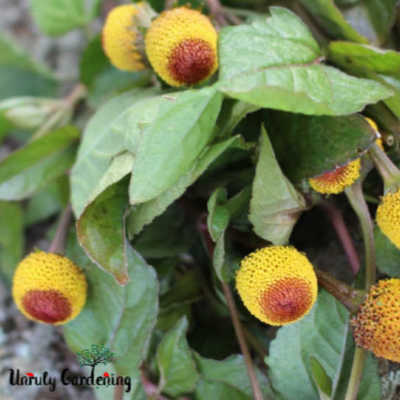
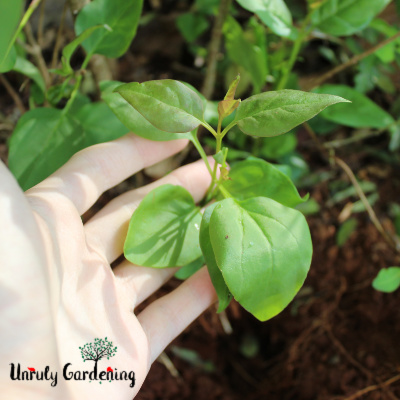
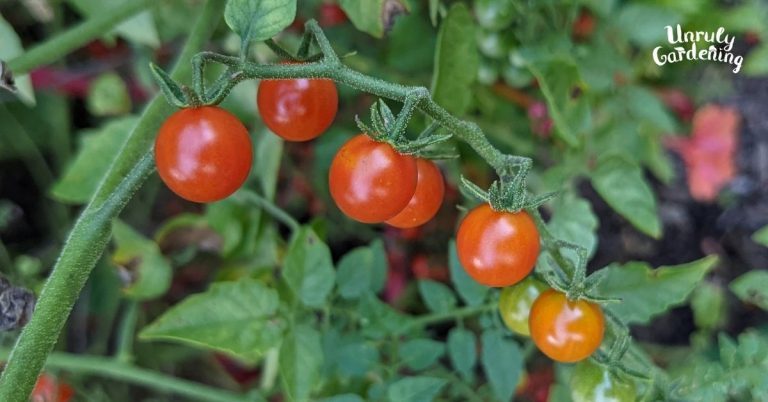
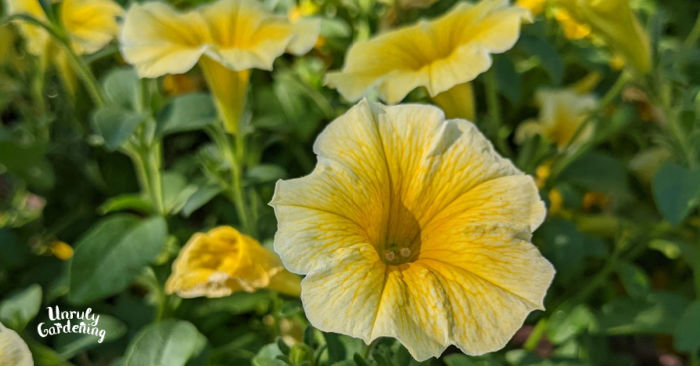
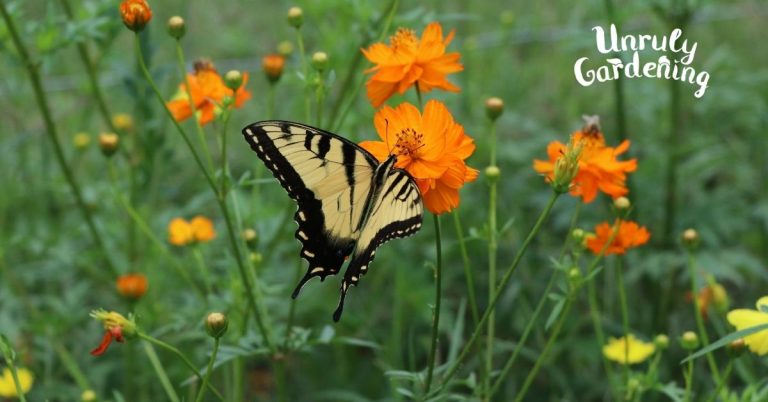
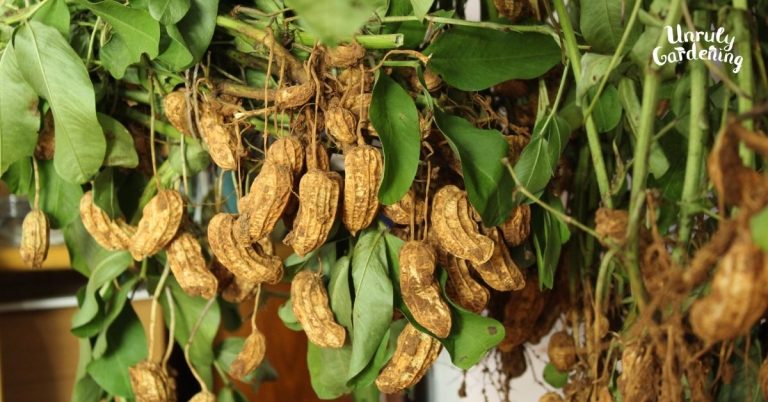
Thank you for mentioning the paper towel method for saving seeds. I have used this method for years and have had great success! I write the tomato name and date on the paper towel, carefully smearing the seeds and some pulp on it, letting the paper towel AIR dry thoroughly, then fold it up and place into a plastic bag with as much air squeezed out as possible. When I am ready to plant, I then gently pull off my seeds and voila! The fact I don’t have to deal with jars/glasses with fermenting tomato pulp and fruit flies everywhere is why I choose this method. I think more people would save their seeds if they followed this method. I certainly have saved more seeds than I can ever use in my lifetime! I have also heard of people taking thin slices of tomatoes, air drying them on parchment paper, then saving the dried slices in a dry paper towel and then planting the whole slice. I haven’t tried it, but I think if you needed a lot of one type of tomato this would be a fun method to try. Thanks for the great article!
Hi Catherine, So happy to hear you enjoy that method of saving seeds too – it’s so much easier! 🙂
I hadn’t heard of the parchment paper/slices method – that’s a very interesting idea too!